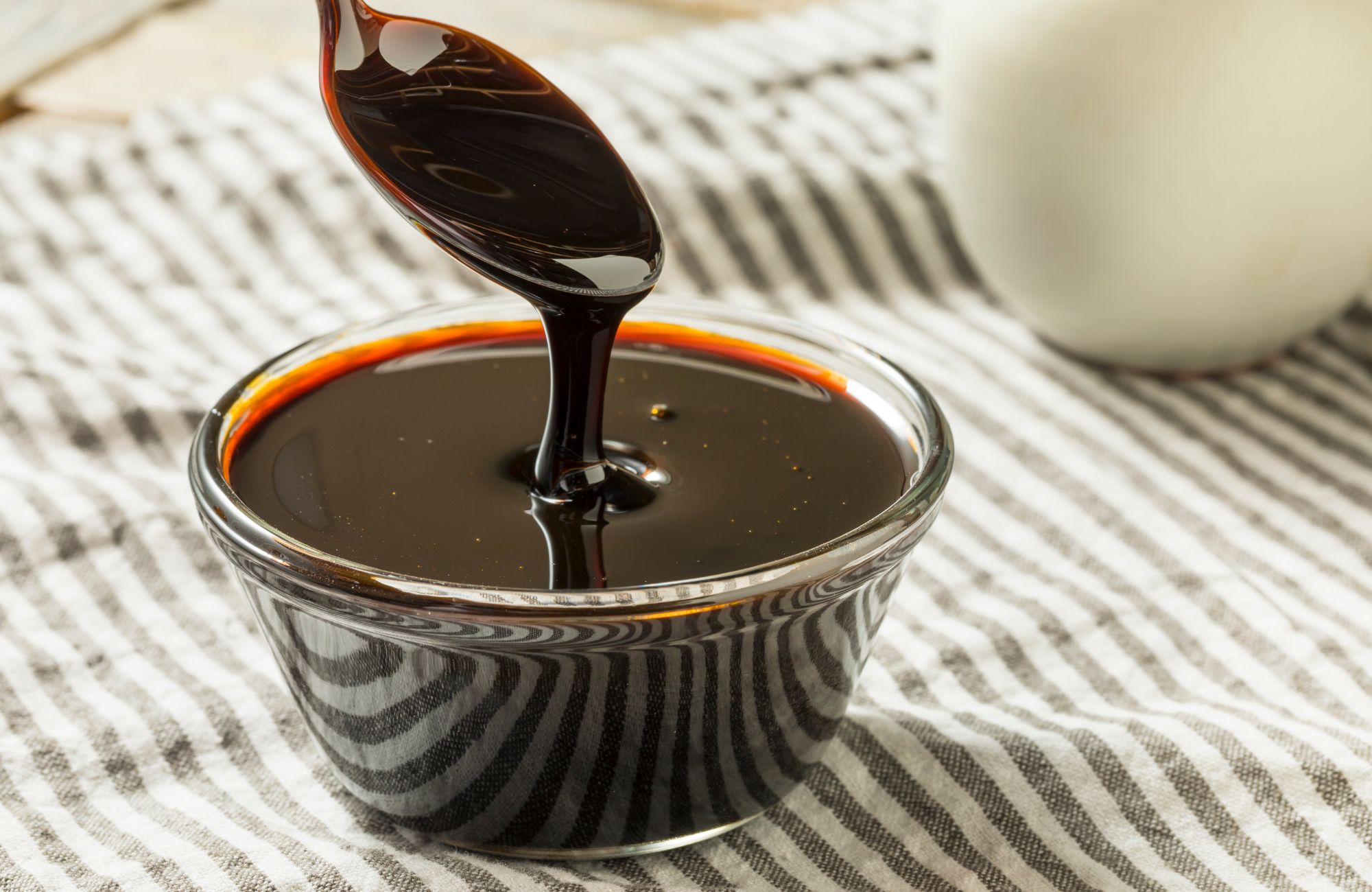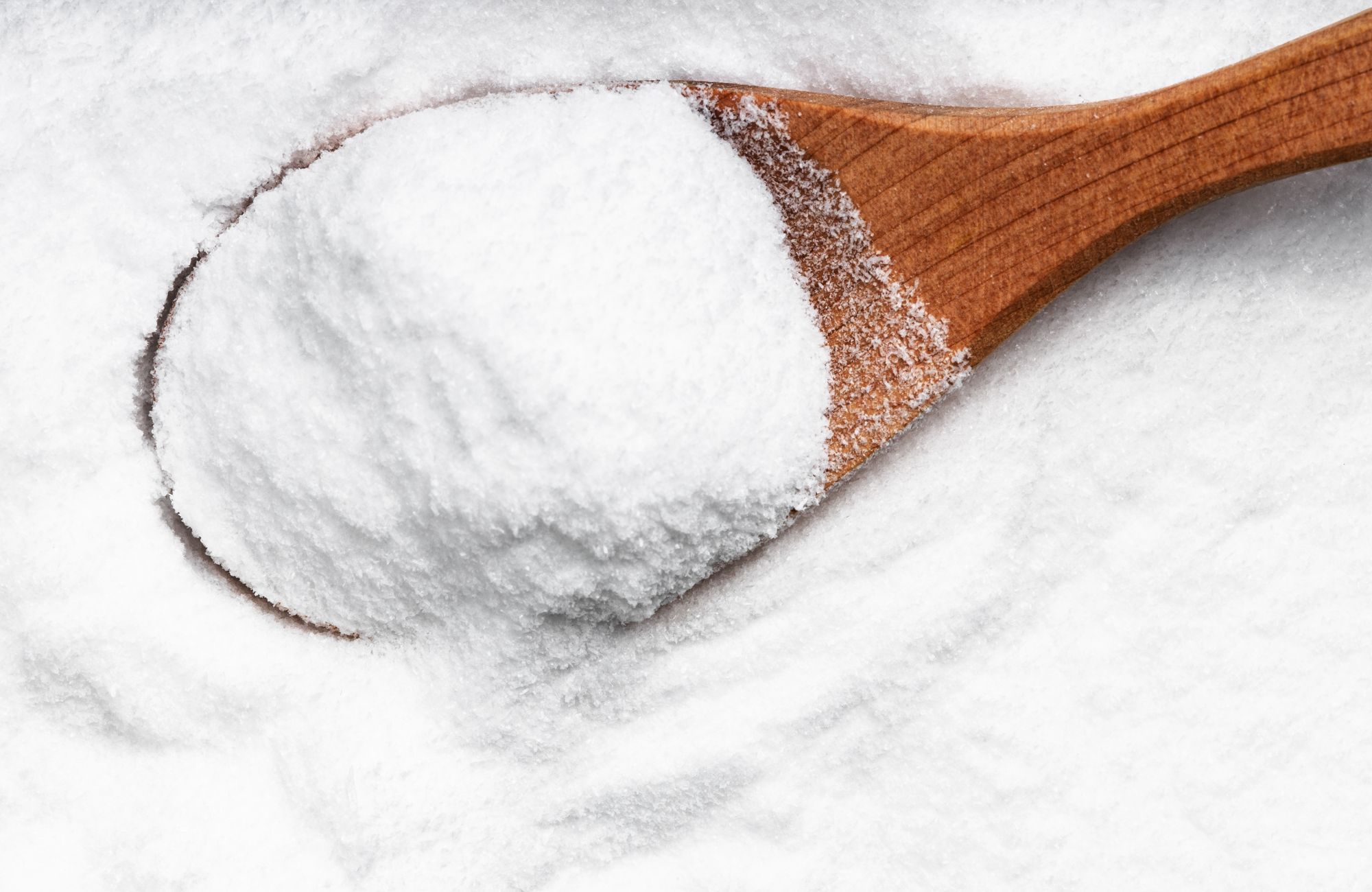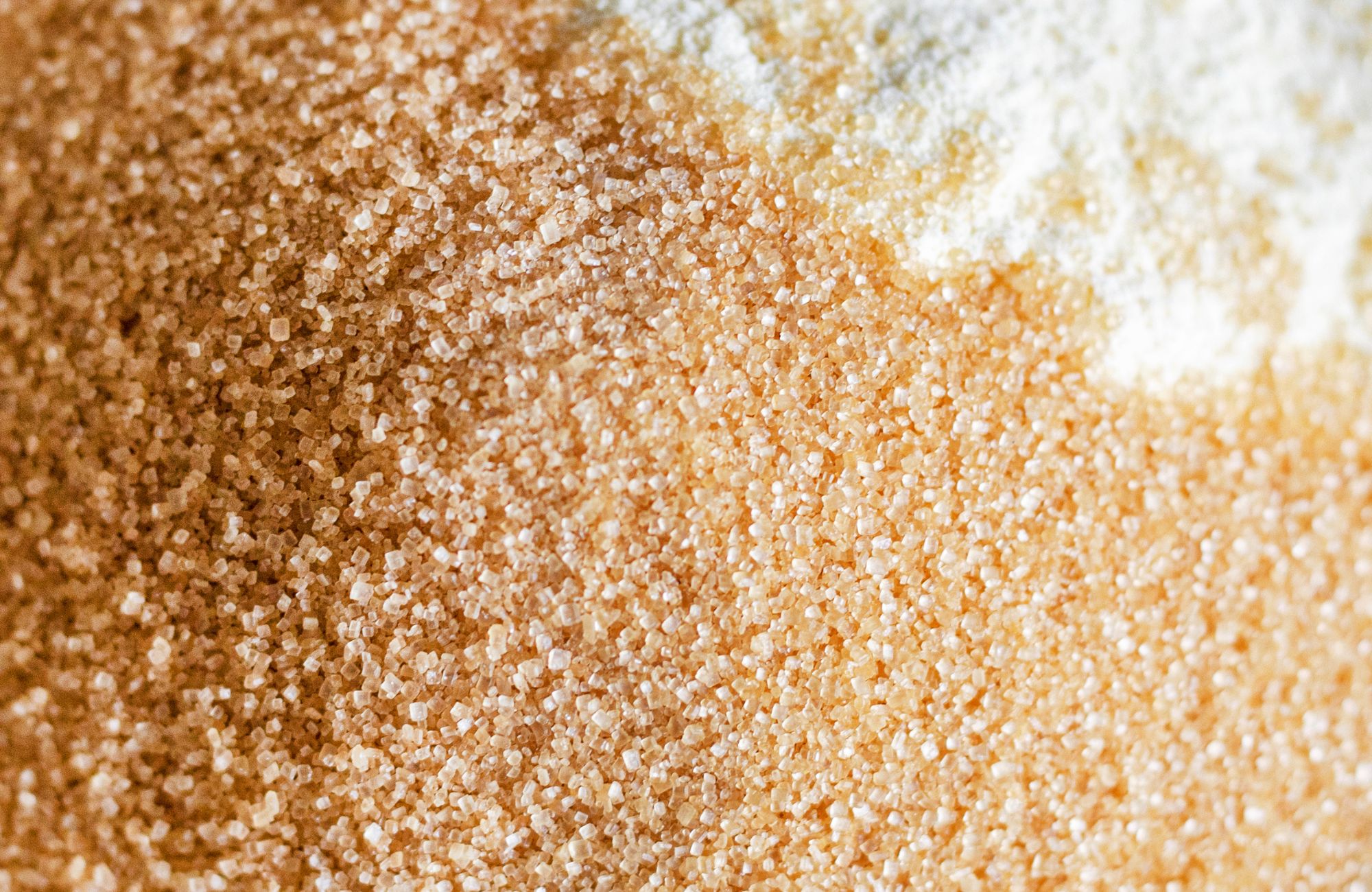
Does Molasses Go Bad? Storage Guide & Shelf Life Facts
Molasses is a kitchen staple with remarkable staying power, but even this thick, sweet syrup has its limits. If you’re wondering “Does molasses go bad?” you’re not alone. This rich byproduct of refining sugar has been a sweetener of choice for generations of home cooks, but understanding its shelf life and proper storage can help you make the most of every jar.
What Is Molasses? Understanding the Basics
Molasses is the thick, dark syrup that remains after sugar crystals are extracted from sugar cane or sugar beets during the sugar refining process. Unlike refined sugar, molasses retains many of the plant’s original minerals and nutrients, making it not just a sweetener but a source of iron, calcium, magnesium, and potassium.
Molasses comes in several varieties, each with distinct characteristics:
- Light Molasses: From the first boiling of the sugar cane juice, light molasses is the sweetest and mildest in flavor.
- Dark Molasses: The result of the second boiling, dark molasses is thicker, less sweet, and more intense than light molasses.
- Blackstrap Molasses: After the third boiling, blackstrap molasses emerges with the most robust flavor, darkest color, and the highest concentration of nutrients. It’s also the least sweet of the three.
- Sulfured vs. Unsulfured: Sulfur dioxide may be added as a preservative to young sugar cane, resulting in sulfured molasses. Mature sugar cane doesn’t require this treatment, producing unsulfured molasses with a cleaner taste.
Nutritional Profile of Molasses
Blackstrap molasses stands out for its remarkable nutritional profile. It’s loaded with essential minerals like iron, calcium, and potassium, and it also supplies a spectrum of B vitamins including B6, as well as manganese, magnesium, and selenium. All of these benefits come with fewer calories than refined sugar. In short, blackstrap molasses is more than just a sweetener. It offers genuine nutritional benefits, setting it apart from other sweeteners that provide calories with little nutritional value.
Does Molasses Go Bad? The Truth About Shelf Life
Yes, molasses can go bad, but when stored properly, it has an extraordinarily long shelf life. Most commercially produced molasses can last in unopened bottles for 1-5 years (some sources suggest up to 10 years) and opened jars for at least 1-2 years when stored correctly. These timeframes significantly exceed many other kitchen staples. However, unlike honey, which archaeologists have found still edible after thousands of years, molasses will eventually deteriorate. The primary factors affecting molasses shelf life include storage conditions, type of molasses, processing method, and container quality.
Signs That Your Molasses Has Gone Bad
Knowing how to identify spoiled molasses can save you from an unpleasant culinary experience or potential health concerns. Look for these indicators:
Visual Signs
- Mold growth: This can appear as a barely perceptible slick on the surface or as a noticeably fuzzy, discolored patch
- Loss of characteristic sheen: Fresh molasses has a glossy appearance
- Separation: Layers forming in the molasses
- Crystallization: While not necessarily a sign of spoilage, extensive crystallization can indicate age
Texture Changes
- Unusual thickness: Molasses thickens over time, but extreme thickness may signal spoilage
- Lumps or particles: Beyond normal crystallization
- Stringiness: Abnormal texture when poured
Smell and Taste Alterations
- Unpleasant odor: Molasses naturally have a rich, sweet smell; any fermented or sour odor indicates spoilage
- Off taste: A small taste test can confirm if the flavor has turned sour or bitter
Important note: If you see even a tiny spot of mold, discard the entire jar. Unlike some foods where you can cut away affected portions, mold in molasses often indicates deeper contamination throughout the product.
Health Risks of Consuming Spoiled Molasses
Although molasses is naturally resistant to harmful bacterial growth due to its high sugar content, it’s not completely immune to spoilage, especially once opened. Consuming bad molasses can lead to issues such as digestive discomfort, exposure to mycotoxins from mold, and an unpleasant taste that can ruin your recipe. The good news is that molasses usually doesn’t contain the dangerous pathogens found in many other spoiled foods. Even so, it’s important to play it safe and discard any molasses that show signs of spoilage.
Optimal Storage Practices for Maximum Shelf Life
To extend your molasses shelf life to its maximum potential, follow these expert storage tips:
Ideal Environment
- Temperature: Store in a cool area, ideally between 50-70°F (10-21°C)
- Light exposure: Keep in a dark place, as light can degrade quality over time
- Humidity: Low humidity helps prevent mold growth
Container Recommendations
- Original container: The manufacturer’s container is typically designed for optimal storage
- Seal integrity: Ensure the lid is tightly sealed after each use
- Cleanliness: Wipe the rim clean before resealing to prevent contamination
- Transferring: If transferring to another container, glass jars with tight-fitting lids work best
Location Specifics
- Best spot: A pantry or cabinet away from heat sources like stoves and direct sunlight
- Avoid: Door shelves in refrigerators, which experience temperature fluctuations
- Positioning: Store upright to minimize exposure to air
A simple tip that makes a big difference: Always use clean utensils when scooping molasses. Introducing food particles or other contaminants is one of the primary ways mold begins to grow in an otherwise shelf-stable product.
Creative Ways to Use Aging Molasses
If your molasses is nearing the end of its prime but still good, consider these uses that work well even with slightly older products:
- Baked beans: The robust cooking process masks any subtle flavor changes
- BBQ sauces: The complex flavors blend well with slightly aged molasses
- Gingerbread and spice cakes: Strong spices complement the deeper flavor of older molasses
- Glazes for meats: Particularly good for pork or ham
Refrigeration and Freezing: Is It Necessary?
Unlike many food products, molasses doesn’t require refrigeration, even after opening. In fact, refrigeration can create challenges:
Refrigeration Considerations:
- Viscosity: Cold temperatures make molasses extremely thick and difficult to pour
- Preparation time: Refrigerated molasses requires time to warm up before use
- Benefits: May extend shelf life in very humid or warm climates
If you choose to refrigerate:
- Allow time for the molasses to return to room temperature before using
- Or place the bottle in warm water to gently heat and improve pourability
- Never microwave molasses in its original container
Freezing Molasses:
While possible, freezing molasses isn’t commonly recommended because:
- It becomes extremely hard and difficult to portion
- Thawing and refreezing can affect the quality
- The natural shelf life is already so long that freezing rarely provides significant benefits
Reviving and Restoring Molasses
Over time, even properly stored molasses may thicken or crystallize. Before tossing it out, try these restoration techniques:
For Crystallized Molasses:
- Place the closed jar in a pot of warm (not boiling) water
- Let it sit for 15-20 minutes, allowing the warmth to dissolve the crystals
- Gently stir to reincorporate any remaining crystals
For Thickened Molasses:
- Transfer the amount needed to a microwave-safe container
- Heat in short 10-second bursts, stirring between each
- Alternatively, create a warm water bath by placing the entire jar in warm water
Remember: These methods only work for age-related changes in consistency, not for actually spoiled molasses showing signs of mold or off odors.
Special Considerations for Different Molasses Types
Each variety of molasses has slightly different storage needs based on its composition:
- Light molasses: With higher moisture content, it may be more susceptible to mold growth in humid environments
- Dark molasses: Its higher concentration of minerals can lead to more pronounced crystallization over time
- Blackstrap molasses: The most stable variety due to its lower moisture content, but its intense flavor can become even stronger with age
- Sulfured vs. unsulfured: Sulfured varieties typically have longer shelf lives due to the preservative effect of sulfur dioxide
Conclusion
Molasses is a remarkably shelf-stable product that, when stored properly in a cool, dark place in an airtight container, will remain usable for years while maintaining its distinctive sweetness and rich flavor. Though quality gradually declines over time, properly stored molasses can be safely used in everything from baked goods to savory dishes for 1-2 years after opening, and often much longer if it shows no signs of spoilage.
At US Sweeteners, we offer premium-quality molasses products that are processed and packaged to maintain optimal freshness. Contact us to learn more about our full range of natural sweeteners, including various grades of molasses for all your culinary needs.
FAQs
Does molasses need to be refrigerated?
No, refrigeration isn’t necessary. Molasses are stored well at room temperature in a cool, dark place like a pantry, and refrigeration will make it thick and difficult to pour.
Is it okay to use expired molasses?
Yes, molasses is typically safe to use beyond its “best by” date as long as it shows no signs of spoilage like mold or an off smell.
Can I use 10-year-old molasses?
While 10-year-old molasses might be safe if properly stored and showing no signs of spoilage, its flavor may have degraded significantly, affecting your recipe results.
How can you tell if molasses is good?
Check for a normal appearance without mold (even a tiny spot is problematic), ensure it has the typical sweet smell without any unpleasant odor, and if uncertain, try a small taste test to confirm the flavor hasn’t turned sour or bitter.
Does an open jar of molasses go bad?
Yes, an open jar of molasses can eventually go bad, though it typically lasts 1-2 years when stored properly in a cool, dark place with the lid tightly sealed.



Leave a Reply